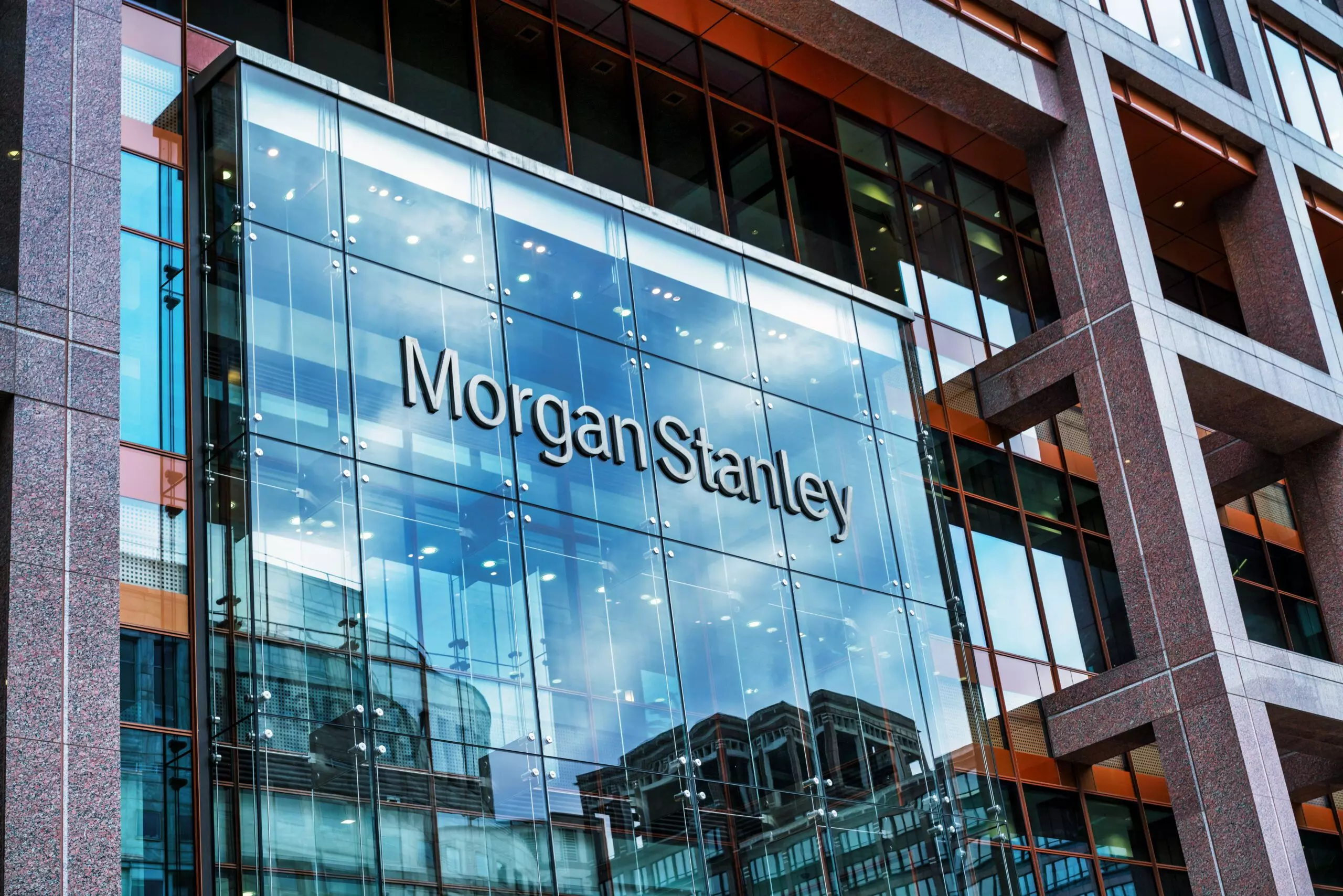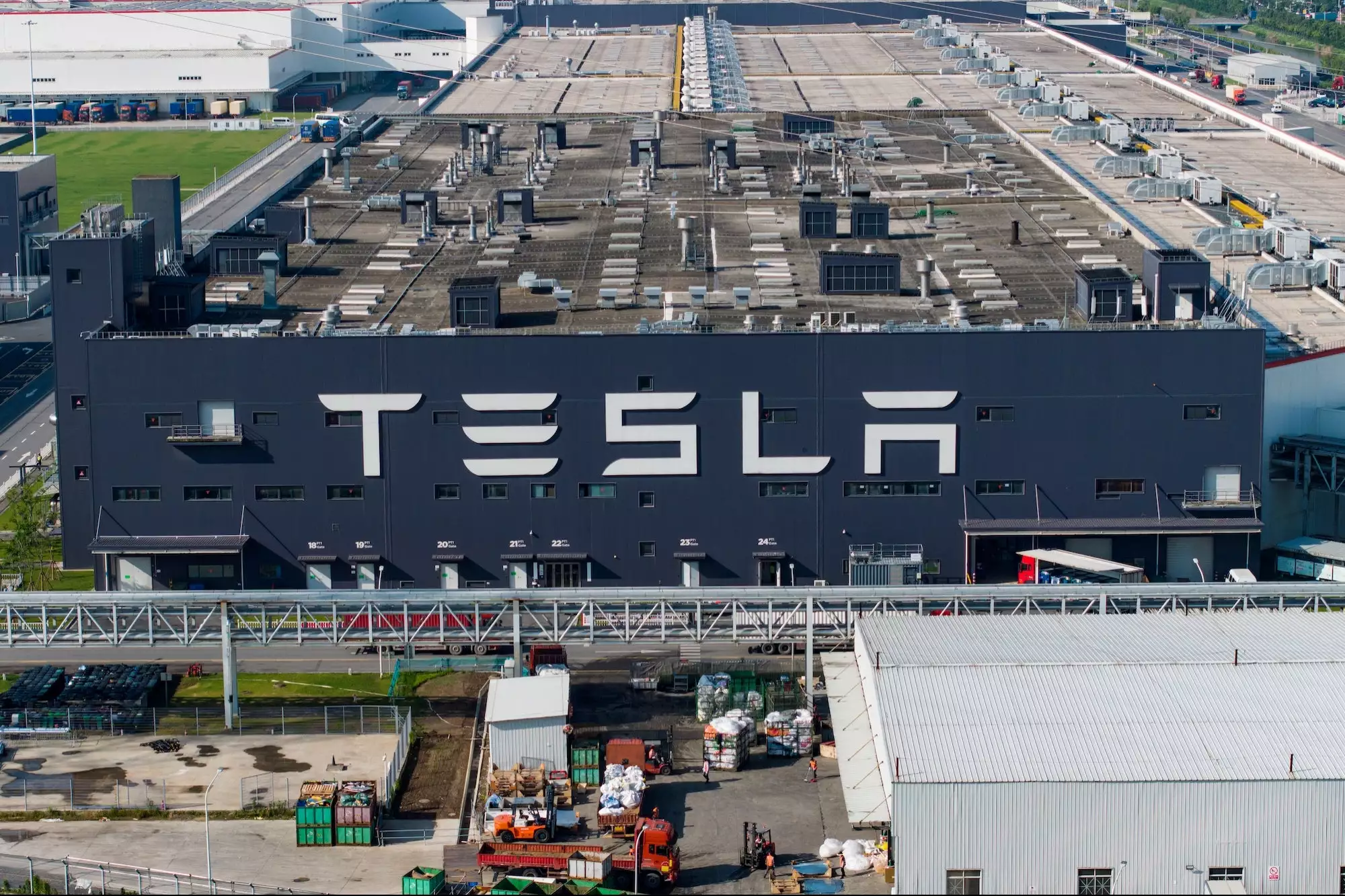Shares of Foot Locker (FL) experienced a decline of 28.28%, with a red downward-pointing triangle indicating that stocks fell after the company transitioned from second-quarter profits to losses, trimmed annual outlook for the second consecutive quarter, and suspended quarterly dividends.
The sneaker and athletic apparel retail company will halt cash dividends along with a recently approved payment scheduled for October, in order to “adequately fund our strategic investments,” as stated by CEO Mary Dillon.
Shares plummeted 28% to $16.64 in Wednesday’s trading. Foot Locker’s stock price has decreased by 56% since the beginning of the year.
Foot Locker is among retailers foreseeing slower sales as consumers scale back their spending on goods due to persistent inflation, rising credit card balances, and the upcoming resumption of student loan payments. Shares of Dick’s Sporting Goods and Macy’s have fallen this week due to weaker earnings and cautious outlooks.
How Did the Quarter Unfold for Foot Locker?
The company shifted from earning $94 million in the same quarter the previous year to experiencing a loss of $5 million.
Revenues decreased from $2.07 billion to $1.86 billion.
Comparable store sales dropped by 9.4%.
Foot Locker’s second-quarter sales dipped nearly 10% to $1.86 billion, below analysts’ expectations of $1.88 billion, according to FactSet. Comparable sales met analyst expectations by decreasing 9.4%, as foot traffic dwindled and average transaction sizes were under pressure.
The New York-based company recorded a quarterly loss of 5 cents per share, compared to a gain of 99 cents per share in the same quarter the previous year. Adjusted earnings, excluding non-recurring items, met analyst expectations at 4 cents per share.
Margins were impacted by increased promotional activity, including higher discounts, along with a greater inventory decline. While overall costs were lower, they represented a higher percentage of revenue compared to the previous year, as sales decline, inflation, and investments in frontline wages more than offset savings from Foot Locker’s cost reduction program.
What Are Foot Locker’s Outlooks for 2023?
Foot Locker now anticipates an 8% to 9% decline in sales for this year, compared to the prior forecast of an 8% to 6.5% drop. Comparable sales, accounting for store openings and closures, should decrease between 9% and 10%, instead of the previous 7.5% to 9%.
Adjusted earnings, which exclude non-recurring items, are projected to be between $1.30 and $1.50 per share, down from the prior forecast of $2.00 to $2.25 per share.
The same sales and promotional trends observed in the second quarter also continued into August, leading to the downward revision, Dillon stated.
The new outlook assumes Foot Locker will continue progressing in reducing its inventories, which will be stable or slightly decreased by year-end, she added.
Why Are Foot Locker’s Sales Decreasing?
Foot Locker stated that the second-quarter sales decline was due to ongoing consumer weakness, a shift in supplier mix, and replenishment of its subsidiary Champs Sports. Champs’ brand revenues plummeted over 27% during the quarter, while sales at the main chain and Kids Foot Locker decreased nearly 6% each.
Digital sales dropped 13% during the quarter, though this figure includes Eastbay, the e-commerce portal that Foot Locker shuttered at the end of last year and merged with Champs Sports in January.
Excluding Eastbay, digital sales decreased 5.4%, better than expected, with gains in Foot Locker’s North American and children-oriented activities driven by “momentum from new untapped customers and higher mobile-driven conversion rates,” Dillon said in an analyst conference.
The CEO noted that while second-quarter results were in line with expectations, trends weakened in July. Challenges related to in-store traffic and conversion that arose in late first quarter persisted during the second quarter, she added.
“Consequently, we’ve turned to heavier promotions than initially planned to better compete for a share of our customers’ wallet and manage inventory levels,” Dillon asserted.
The CEO was selected last year to lead Foot Locker’s transition out of malls and into focusing on Nike sales.







